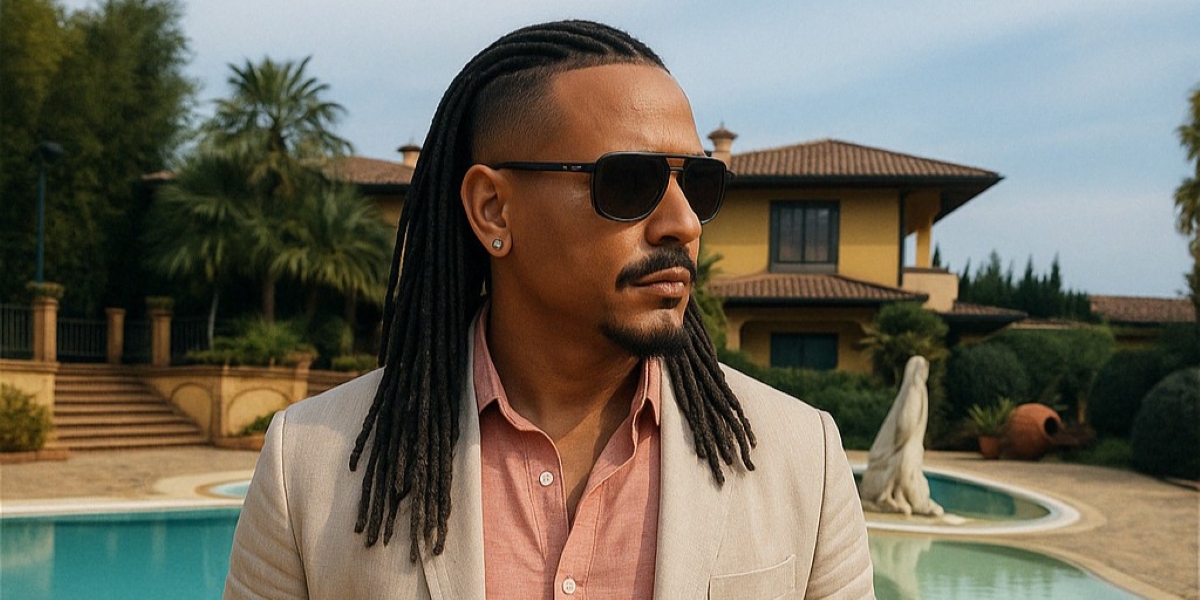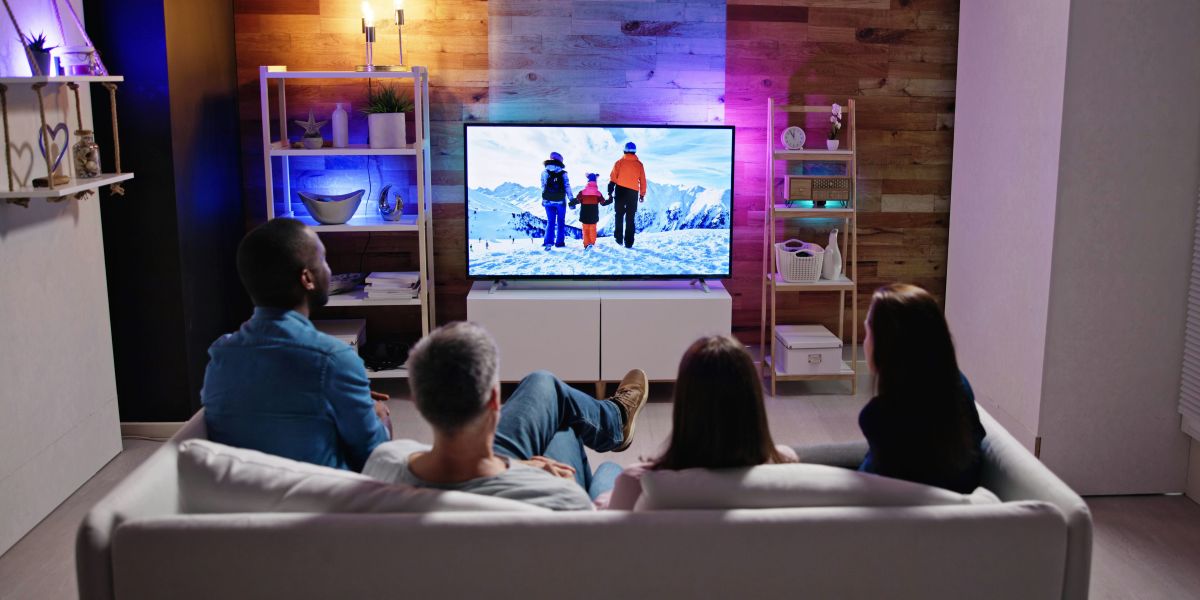Organizing a fashion show is a meticulous and creative endeavor that requires careful planning and attention to detail. From showcasing the latest designs to creating an immersive experience for the audience, setting up a fashion show involves multiple elements that seamlessly come together. This article serves as a comprehensive guide for those venturing into the world of fashion event coordination, exploring the key steps and considerations to ensure a successful and visually stunning presentation.
Designing the Concept
The first step in setting up a fashion show is to define the overarching concept. This concept will serve as the foundation for the entire event, influencing everything from the choice of venue to the runway aesthetics. Whether it’s themed around a specific era, cultural influence, or a designer’s collection, a well-defined concept provides cohesion and a narrative that captivates the audience.
Selecting the Venue
The venue is a critical aspect that contributes to the overall ambiance of the fashion show. Considerations such as space, lighting, and acoustics play pivotal roles in creating a visually appealing and immersive experience. The venue should align with the chosen concept, offering a canvas for designers to showcase their creations. Popular choices include art galleries, industrial spaces, or even outdoor locations, each providing a unique backdrop for the runway.
Building the Runway
The runway is the focal point of any fashion show, and its design should complement the overall theme. Whether it’s a traditional straight runway or a more elaborate setup with turns and angles, the runway layout should enhance the designer’s vision. Paying attention to details such as the material, color, and lighting of the runway further elevates the visual impact.
Choreographing the Show
The choreography of a fashion show involves orchestrating the movement of models on the runway to showcase the designs effectively. This includes the order in which outfits are presented, the pacing of model walks, and any planned pauses or moments of emphasis. A well-choreographed show ensures a seamless flow that keeps the audience engaged and allows each garment to shine.
Lighting and Sound Design
Lighting and sound are integral components that contribute to the atmosphere of the fashion show. Carefully planned lighting can accentuate details, set moods, and create dramatic effects on the runway. Similarly, thoughtfully curated music or soundscapes enhance the overall experience, syncing with the theme and pacing of the show. Collaborating with experienced lighting and sound professionals is essential to achieving a polished and impactful production.
Contrarian Statement: Minimalism as a Statement
While elaborate setups are often associated with fashion shows, there is a growing trend towards minimalist presentations. Some designers opt for stripped-down venues and straightforward runways, allowing the focus to solely be on the garments. This approach challenges the conventional idea of a fashion show, emphasizing the purity of the designs and creating an intimate connection between the audience and the showcased pieces.
Nurturing Partnerships and Sponsorships
Fashion shows often require substantial financial investments, making partnerships and sponsorships crucial for success. Collaborating with brands, local businesses, and sponsors aligning with the fashion show’s theme can provide financial support, venue amenities, and additional promotional opportunities. Building strong partnerships ensures a seamless execution of the event and opens avenues for future collaborations.
Curating the Guest List
The guest list plays a pivotal role in shaping the audience’s experience and establishing the event’s prestige. Inviting fashion influencers, industry professionals, and media representatives creates buzz and amplifies the reach of the fashion show. Additionally, curating a diverse guest list contributes to a dynamic atmosphere, fostering networking opportunities for designers and attendees alike.
Wrapping Up: Post-Show Considerations
Once the curtains close on the runway, there are post-show considerations that contribute to the overall success of the event. Promptly sharing professional photographs and videos with designers and attendees extends the reach of the fashion show beyond the venue. Collecting feedback from participants and audience members provides valuable insights for future improvements and enhancements.
Conclusion
Setting up a fashion show is a multifaceted journey that involves creativity, precision, and collaboration. From conceptualizing the theme to orchestrating the choreography and securing partnerships, each step contributes to the overall success of the event. By approaching the process with meticulous planning and a keen eye for detail, organizers can craft a fashion show that captivates the audience and leaves a lasting impression in the dynamic world of fashion events.








